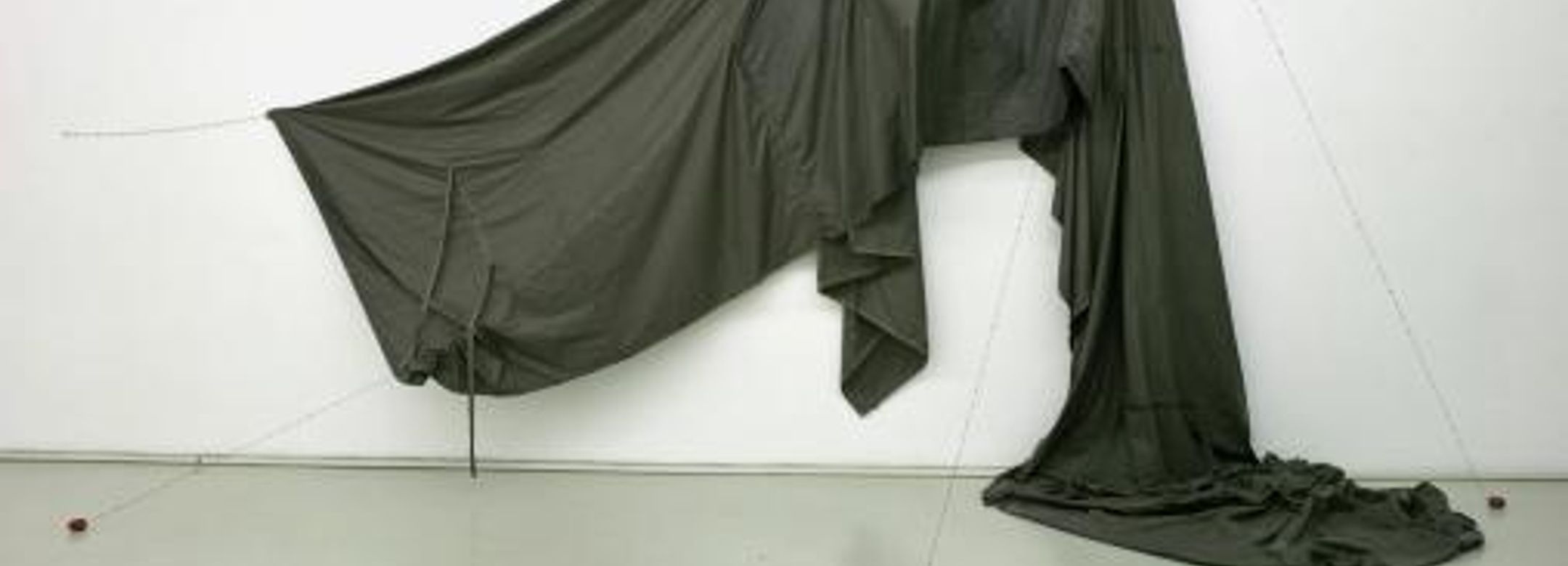FANTASMATA
Becky Beasley, Susanne Bürner, Alice Guareschi, Mel O’Callaghan, Niamh O’Malley, Ana Prvacki, Magnus Thierfelder
Curated by Luigi Fassi
“Fantasmata” is a key word within Western philosophical language. Strictly tied to reflection on the role of imagination and fantasy, the meaning of this term constitutes a complex philosophical problem within itself, from its origins in the history of classical Greek thought through to its contemporary usage.
In his work De Anima, Aristotle defines the imagination as a place situated at an intersection halfway between perception and thought, thus making possible a fluid connection between these two processes while still remaining different from both. In Aristotle the imaginative faculty, or fantasy, is capable of generating fantasmata, defined as images that are derived from the memory of the perceived; in other words, created from the experience of sensory perception of singular objects and events. These fantasmata play a role of primary importance, within the development of thought. In fact, in the Aristotelian psychology, every mental and conceptual operation inevitably refers back to the fantasmata and is tied to them. As a consequence, there can be no images without perception, as there can be no thought without images. Therefore, the fantasmata serve as bridge between perception and meaning, posing themselves as the true catalyst of cognition – although due to their ambivalent and ephemeral characteristics, they don’t however constitute a precise ontological identity. In this way the phantasm becomes an ambiguous, diaphanous and variable entity, no longer merely sensorial, but not yet completely intellectual, although capable of representing exemplarily the region of the possible and its various evolutions.
The current exhibition intends to synthetically re-attain the complexity of the original philosophical meaning of the “fantasmata”, also by virtue of adopting its own nuances and ambivalences.
The works of the artists in the show are testimony of this particular nature of the phantasm, actuating imagination, memory and perception, but without endowing any of these elements with more power than the others. The works on display produce images as a part of the mental space which becomes visible as a border between the world of sensation and perception, and the world of rational and conceptual thought. In this manner the fundamental role of the imagination and the fantasmata within the arts can be delineated, and at the same time the topicality and importance of classical philosophical reflection within the contemporary art discourse can be highlighted.

